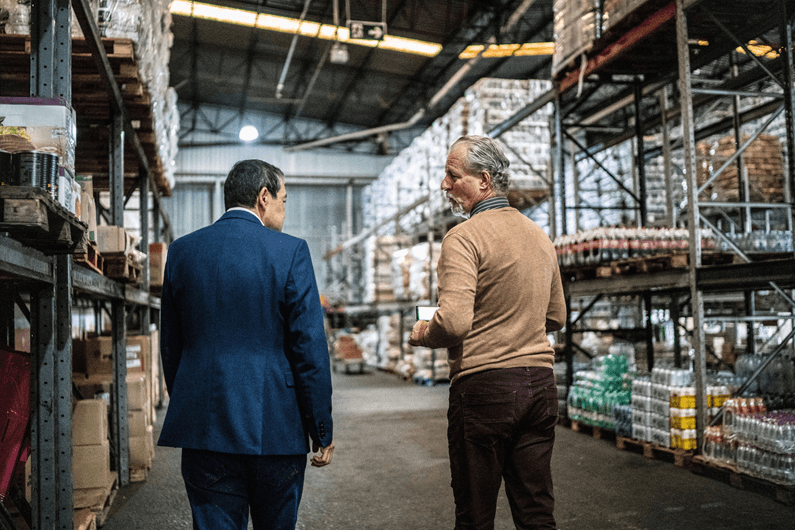

Business Management
Suggested Reads for Business Management


Revolutionize Accounts Payable Webinar

Impacts of AI in Healthcare Real Estate

Real Estate Liquidity for Healthcare Providers

Fee-Fi-Fo-Done with Confusing Banking Charges

Digital Payments Improving Patient Experience

5 Arguments Against AP Automation Webinar

Finding Solutions in the New Solar Landscape
Retirement Knowledge Center
Learning about personal finance and reading retirement and investment advice is often times too complex to really understand what needs to be done.





































